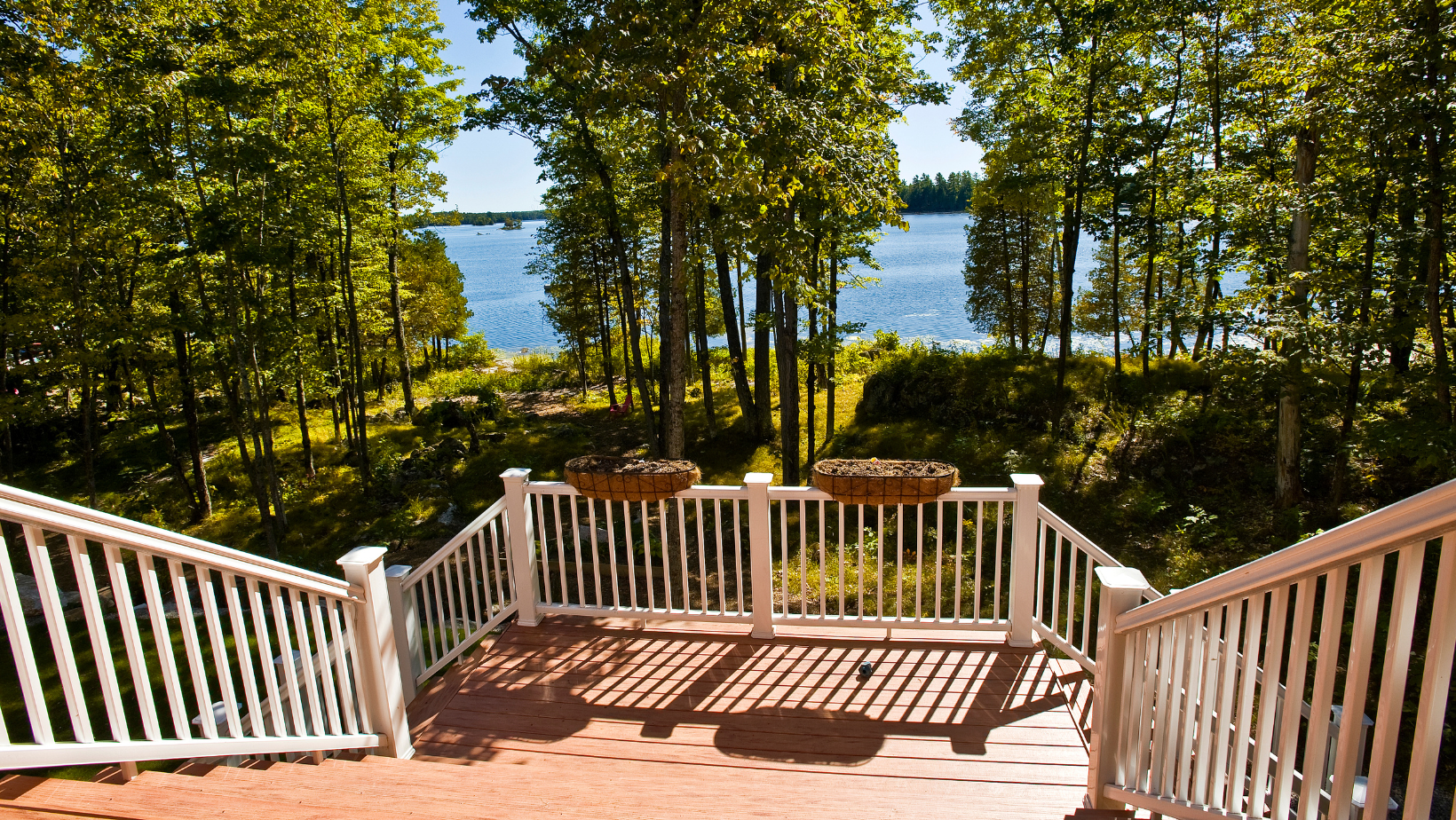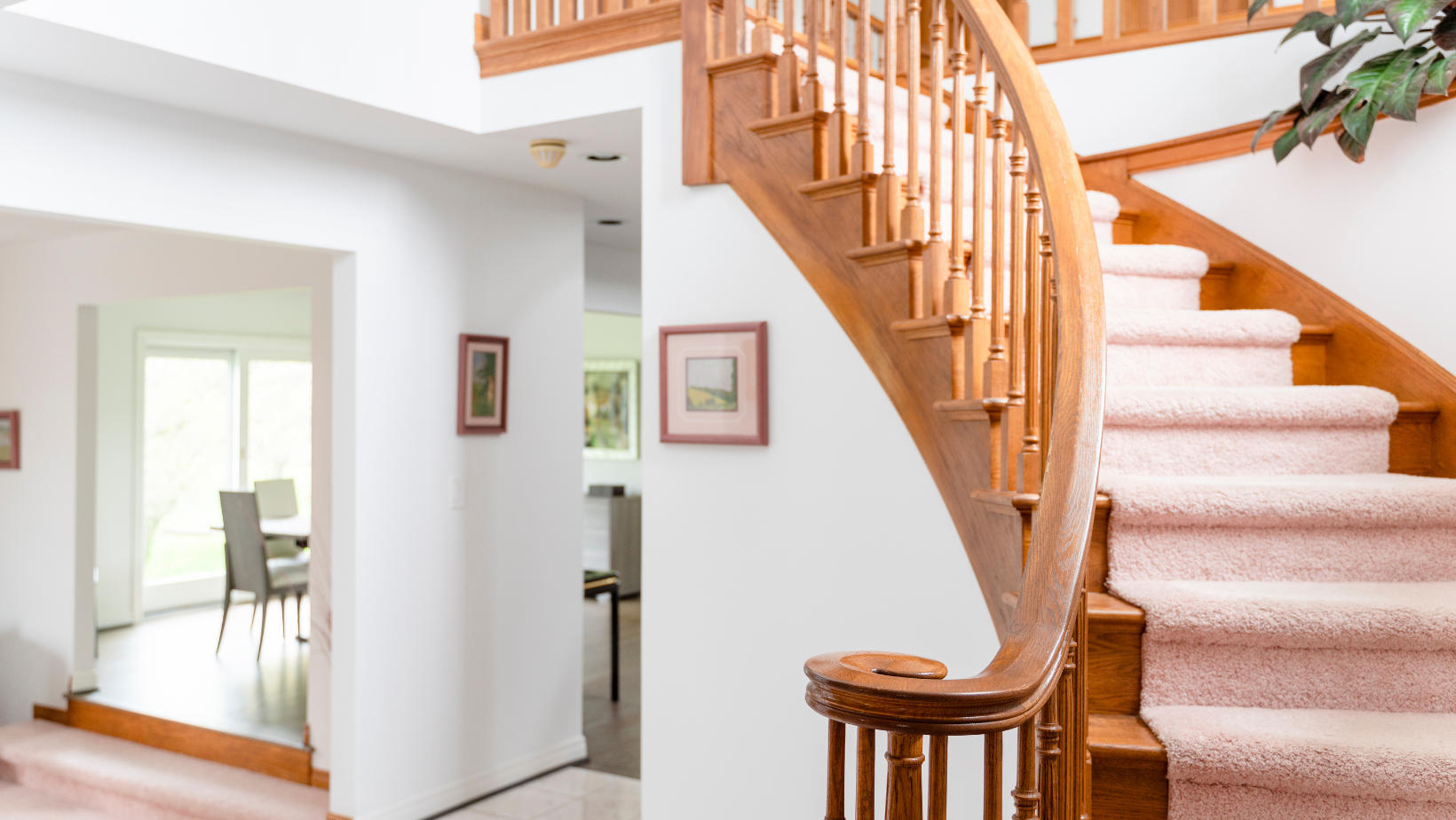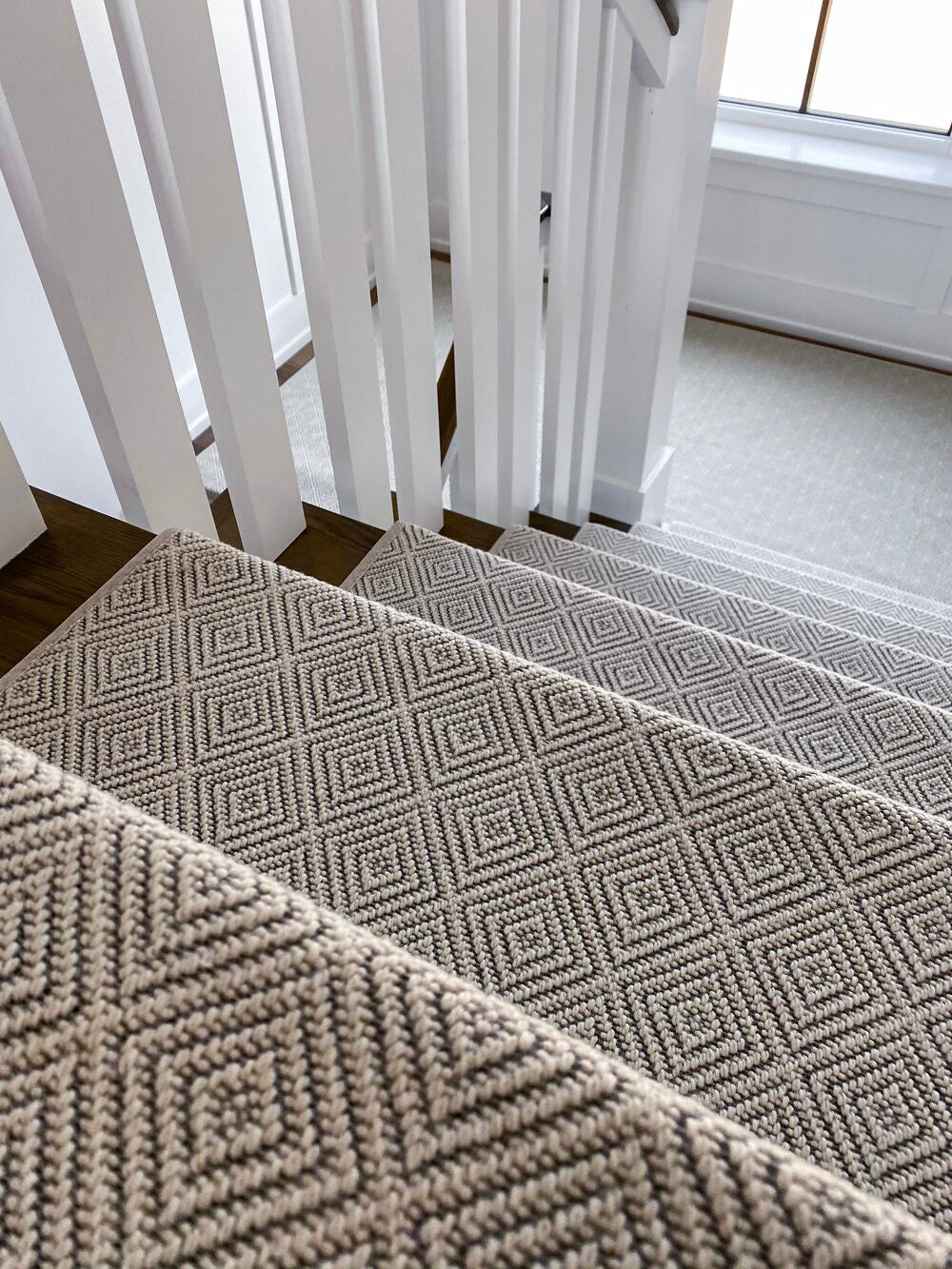Stair safety and comfort are essential for any home, but many homeowners find their treads too shallow for secure footing.
Can you make existing stair treads deeper?
Yes, by adding a nosing extension or installing new treads, you can increase depth for better stability.
Understanding these methods helps you choose the best solution for your indoor or outdoor stairs.
Deeper treads not only enhance safety but also improve the installation and durability of carpet stair treads.
A larger surface ensures better grip, reducing the risk of shifting or wear over time.
Keep reading to explore the best techniques for increasing stair tread depth and making your stairs safer and more functional.
Why Stair Tread Depth Matters
Stair tread depth plays a critical role in overall stair safety and usability.
Treads that are too shallow can cause instability, increasing the risk of tripping, especially for children, elderly individuals, or people with mobility concerns.
For outdoor stairs, tread depth is even more important because environmental factors like rain, snow, and ice can make staircases slippery.
Proper tread depth ensures secure footing in all weather conditions.
In addition, deeper stair treads can improve the comfort of using stairs by allowing for a more natural walking pattern.
This can be particularly beneficial in homes where stairs are frequently used.
Considerations for Making Stair Treads Deeper
Before modifying your existing stair treads, it’s essential to consider several factors:
-
Building Code Requirements: Stair dimensions, including tread depth, are often regulated by local building codes. Ensuring that your modifications comply with these regulations is crucial for safety and legal compliance.
-
Material Compatibility: Whether your stairs are made of wood, concrete, or another material, the method of increasing depth should be compatible with the existing structure.
-
Aesthetic Impact: Any modifications should blend seamlessly with the existing staircase design to maintain visual appeal.
-
Durability and Maintenance: Ensuring that the modifications are long-lasting and easy to maintain is important, especially for high-traffic staircases.
Methods for Making Existing Stair Treads Deeper
There are multiple ways to increase stair tread depth.
The best method depends on whether you are working with indoor or outdoor stairs, as well as your budget and long-term goals.
Adding a Nosing Extension
A nosing extension is one of the simplest and most cost-effective ways to increase stair tread depth.
This involves attaching an extension piece to the front edge of each step, effectively making the tread deeper without altering the overall stair structure.
-
Pros:
-
-
Cost-effective
-
Easy to install
-
Maintains existing stair structure
-
-
Cons:
-
-
May require additional finishing work to match the original stairs
-
Can slightly alter the stair aesthetics
-
Installing New, Deeper Treads
Another option is to replace existing stair treads with new, deeper ones.
This method is particularly useful for wooden stairs, as new treads can be cut to the desired depth and installed directly over the existing ones.
-
Pros:
-
-
Provides a seamless and durable solution
-
Enhances overall stair aesthetics
-
Works well for both indoor and outdoor stairs
-
-
Cons:
-
-
More labor-intensive than adding a nosing extension
-
Requires precise measurements to ensure proper fit
-
Modifying the Staircase Structure
For those undertaking a more extensive renovation, modifying the staircase structure itself may be an option.
This could involve extending the depth of each step by adjusting the risers and supports.
-
Pros:
-
-
Provides the most permanent and stable solution
-
Can be customized to meet specific needs
-
-
Cons:
-
-
Requires professional expertise
-
More expensive and time-consuming than other methods
-
How Deep Should Outdoor Stair Treads Be?
When increasing stair tread depth for outdoor stairs, it’s important to consider what depth works best for safety and usability.
Many homeowners ask, how deep should outdoor stair treads be?
The ideal depth for outdoor stair treads typically falls between 10 and 11 inches.
This depth allows for a comfortable walking stride and reduces the risk of missteps.
Outdoor stairs are often subject to weather conditions, so having the proper tread depth ensures better traction and stability.
How Deep Should Deck Stair Treads Be?
For those working on decks, a common question is, how deep should deck stair treads be?
Similar to other outdoor stairs, deck stair treads should generally be at least 10 inches deep to provide secure footing.
Deeper treads can be especially beneficial on decks where stairs are frequently used, and where exposure to the elements can make surfaces slippery.
Proper tread depth helps prevent accidents and ensures a comfortable transition between levels.
The Impact of Deeper Stair Treads on Indoor Stairs
Deeper stair treads offer several benefits for indoor staircases, particularly in high-traffic areas.
-
Increased Safety: With more surface area to step on, deeper treads reduce the likelihood of slips and falls.
-
Enhanced Comfort: A deeper tread provides a more stable and comfortable walking experience.
-
Better Suitability for Carpet Installation: Carpet stair treads adhere more securely to a larger surface, preventing movement or shifting.
The Impact of Deeper Stair Treads on Outdoor Stairs
Outdoor stairs require additional considerations due to exposure to the elements.
-
Improved Weather Resistance: Deeper treads allow for better water drainage and reduce the risk of slippery surfaces.
-
Increased Stability: A larger tread surface makes it easier to navigate outdoor stairs, even in poor weather conditions.
-
Enhanced Durability: Proper modifications can extend the lifespan of outdoor staircases.
The Role of Carpet Stair Treads on Deeper Stairs
Carpet stair treads provide additional comfort and safety, but their effectiveness is influenced by the depth of the stair treads.
-
More Secure Installation: Deeper stair treads provide a more stable base for carpet installation, ensuring the treads remain in place.
-
Better Aesthetic Appeal: Carpet stair treads can be customized to fit deeper stairs, enhancing the overall look of a staircase.
-
Reduced Wear and Tear: A deeper tread allows for more even weight distribution, reducing the impact on carpeted surfaces over time.
How to Choose the Right Stair Tread Depth
When determining the ideal depth for your stair treads, consider the following:
-
Intended Use: Are the stairs primarily for indoor or outdoor use?
-
Building Code Compliance: Check local regulations for minimum and maximum tread depth.
-
User Needs: If the stairs are used frequently by children or elderly individuals, deeper treads may be necessary for added safety.
-
Material Choice: Wood, metal, and concrete stair treads each have different requirements and installation methods.
Steps To Success
Making existing stair treads deeper is a practical way to improve safety, comfort, and functionality.
Whether you choose to add a nosing extension, install new treads, or modify the staircase structure, deeper treads provide a safer and more stable walking surface.
For outdoor stairs, ensuring the proper depth is essential for weather resistance and usability. Many homeowners wonder, how deep should outdoor stair treads be? or how deep should deck stair treads be?
The answer is typically around 10 to 11 inches, allowing for secure footing and a comfortable walking stride.
If you are considering making modifications to your stairs, it’s important to choose the right method based on your specific needs.
For a stylish and functional upgrade, explore high-quality carpet stair treads that provide both safety and aesthetic appeal.
Call Us Today!
-
Website: https://oakvalleydesigns.com/
-
Phone: 706.331.0315
-
Email: info@oakvalleydesigns.com
-
Address: 30 River Ct SW Bldg E Cartersville, Ga 30120




